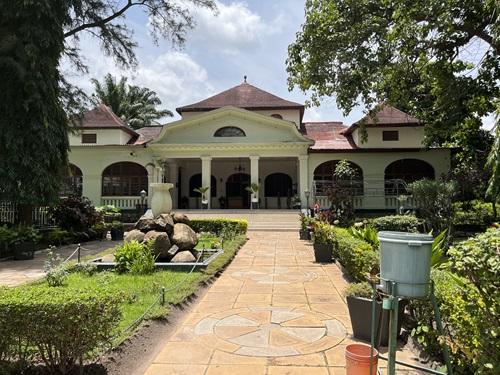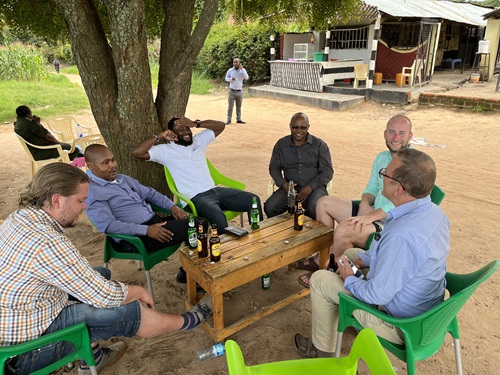This series of posts is about a field experiment that took place between 14-26 February 2022, by Frank M. Aarestrup.
As part of their collaboration, a group of researchers from the National Institute for Medical Research of Tanzania, the Technical University of Denmark and the University of Copenhagen embarked on an expedition to test a new low-cost, low-tech sequencing approach to analyzing microorganisms under real life conditions.
Day 7 and 8: Meetings and meningitis
Day 7 was rather uneventful, simply around 8 hours of driving to Tabora. Raining most of the way.
Day 8 brought a wonderful and sunny day. Our first visit to Tabora, and my first visit to one of the sites where we aim to set up independent routine sequencing capacity. Thus, also a day that started with meetings with the local NIMR director (Togolai Mbilu) and the director of the local hospital. This is important to explain what we aim to do and ensure local commitment and acceptance.
The hospital had stored some cerebrospinal fluid samples for us that were collected during a putative minor outbreak of meningitis they experienced during December 2021. Setting up in the local NIMR facilities, we intended to do barcoding of 12 samples (running multiplexed samples at the same time without mixing them), but, we had forgotten the AMPure beads (required for multiplexing). Thus, we decided to pool 16 samples and simply try a metagenomics run.
I have to admit that while Davies, Happy, Marianne, Ignes and the local staff conducted the lysis and DNA-purification, we simply went out for lunch and was shown the train station (top photo, built by Germans originally) and the old German hotel (currently Orion Tabora Hotel).

Orion Tabora Hotel
We got very little DNA, but decided to run it anyway overnight and see whether we could retrieve anything meaningful after all.

Impromptu meeting
Go to day 9 diary entry.
Funding acknowledgements:
DANIDA;
Fleming Fund; European Commission's Horizon 2020 research program (
VEO, Grant 874735).